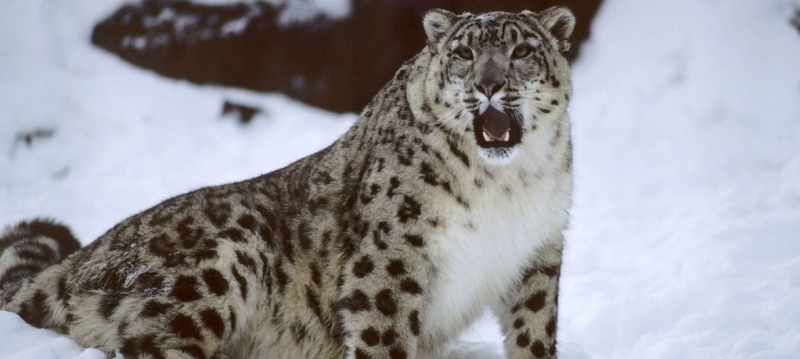
Snow leopard is threatened with extinction. General Assembly proclaims October 23 as International Snow Leopard Day UN
Today, the UN General Assembly, on the initiative of Kyrgyzstan, proclaimed October 23 as International Snow Leopard Day. The corresponding resolution was co-sponsored by 61 countries, including Azerbaijan, Afghanistan, India, Kazakhstan, China, Pakistan, Russia, Tajikistan, Turkmenistan and Uzbekistan.
The snow leopard lives in the high mountain regions of many of these countries. It is also known as the irbis or snow leopard. This large carnivorous feline has been listed in Appendix I of the Convention on International Trade in Endangered Species of Wild Fauna and Flora since 1975, and in Appendix I of the Convention on the Conservation of Migratory Species of Wild Animals since 1986.
“The snow leopard is a legendary species of large cats that lives in the high mountain ranges of Central and South Asia. Listed as vulnerable on the International Union for Conservation of Nature’s Red List, it faces serious threats including poaching, illegal wildlife trade and habitat destruction, often caused by infrastructure development,” Aida Kasymalieva, Permanent Representative of Kyrgyzstan to the UN, said in her speech to the General Assembly.
The resolution adopted today to proclaim the International Day emphasizes that the snow leopard population is at risk of extinction in the medium term.
This magnificent species is critical to the biodiversity of mountain ecosystems
The snow leopard is an important part of mountain ecosystems, which, as the resolution states, “play a vital role in providing a large part of the world’s population with water resources and other essential resources and services.”
“This magnificent species is critical to the biodiversity of mountain ecosystems, playing an important role in regulating prey populations and serving as an indicator of ecosystem health,” Kasymalieva said.
The greatest threats to the survival of the snow leopard are habitat loss and fragmentation, illegal hunting, including poaching, illegal trade and climate change.
“Snow leopards are hunted for their strikingly beautiful fur, and their bones and other body parts are used in traditional medicine,” the Permanent Representative explained.
The resolution invites all stakeholders to intensify international and regional cooperation in support of snow leopard conservation efforts, given its importance for ecosystems.
